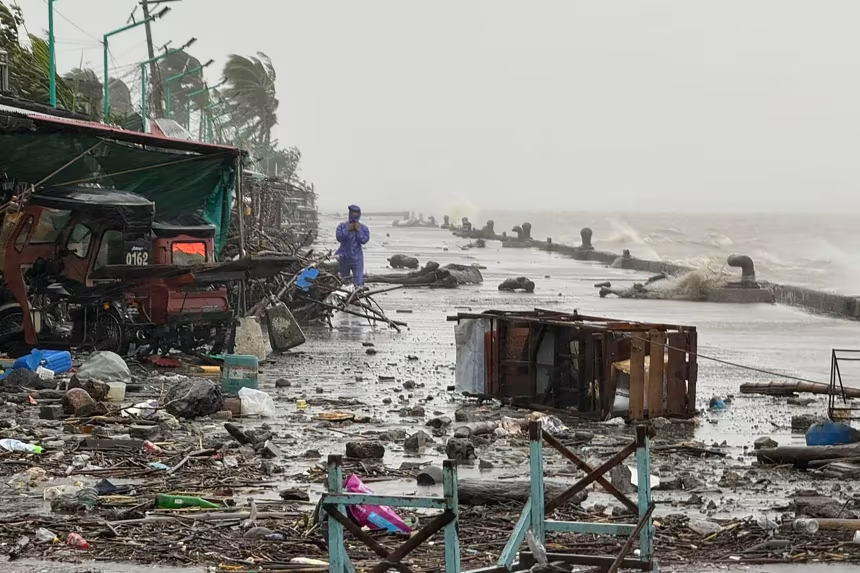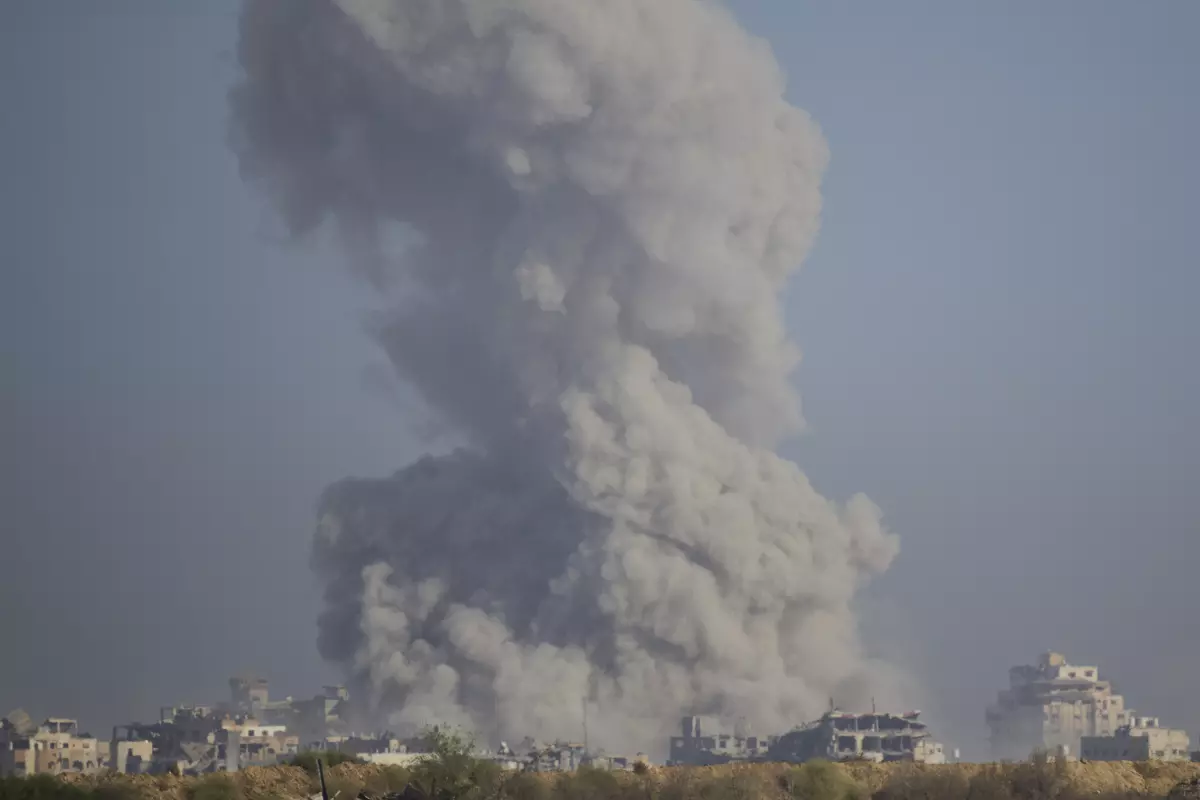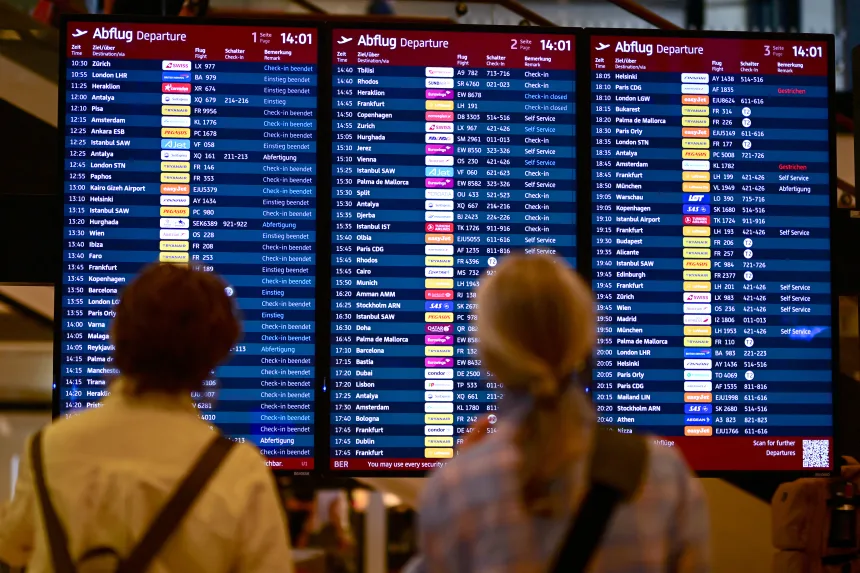Turning to other trending topics, NOAA’s Climate Prediction Center has forecasted a record-hot summer for 2025, starting June 1. The forecast predicts hotter-than-normal temperatures coast-to-coast, with no part of the US expected to be cooler-than-average, particularly affecting the West, Southwest, Florida, and New England. This aligns with broader climate trends, emphasizing the escalating impact of global warming.
The forecast also anticipates a drier summer for much of the country, with below-normal precipitation likely in the Northwest, Northern Rockies, and Great Plains, favoring drought persistence or expansion in these regions and the Southwest. Conversely, the Eastern US is favored for a wetter summer, potentially offering drought relief later in June, with above-normal precipitation along the East Coast and parts of the Southwest. DTN meteorologist John Baranick and AccuWeather’s Paul Pastelok contributed to these projections, highlighting regional variations.
Wildfire risks are elevated, with a greater likelihood of significant fires in June across the coastal Southeast, central Texas, Four Corners, parts of California, and the Pacific Northwest, transitioning in July and August to Hawaii, the Southern Plains, parts of the Great Basin, California, and the Northwest. Canadian wildfires are expected to bring smoke to the northwestern and north-central US, impacting air quality, as noted by the National Interagency Coordination Center. This forecast underscores the need for preparedness, urging public health, agricultural, and emergency services to mitigate the adverse effects of heat, drought, and wildfires, with implications for community safety and infrastructure.
| Aspect | Details |
|---|---|
| Temperature Forecast | Hotter-than-normal temperatures coast-to-coast, no cooler-than-average regions. |
| Rainfall and Drought | Drier summer in Northwest, Plains; wetter in East, potential drought relief. |
| Wildfire Forecast | High risk in June for Southeast, Texas, West; shifts later to other regions. |
| Air Quality Impact | Canadian smoke likely to affect northwestern and north-central US air quality. |
This table summarizes the NOAA forecast, providing a clear overview for stakeholders to plan accordingly.















